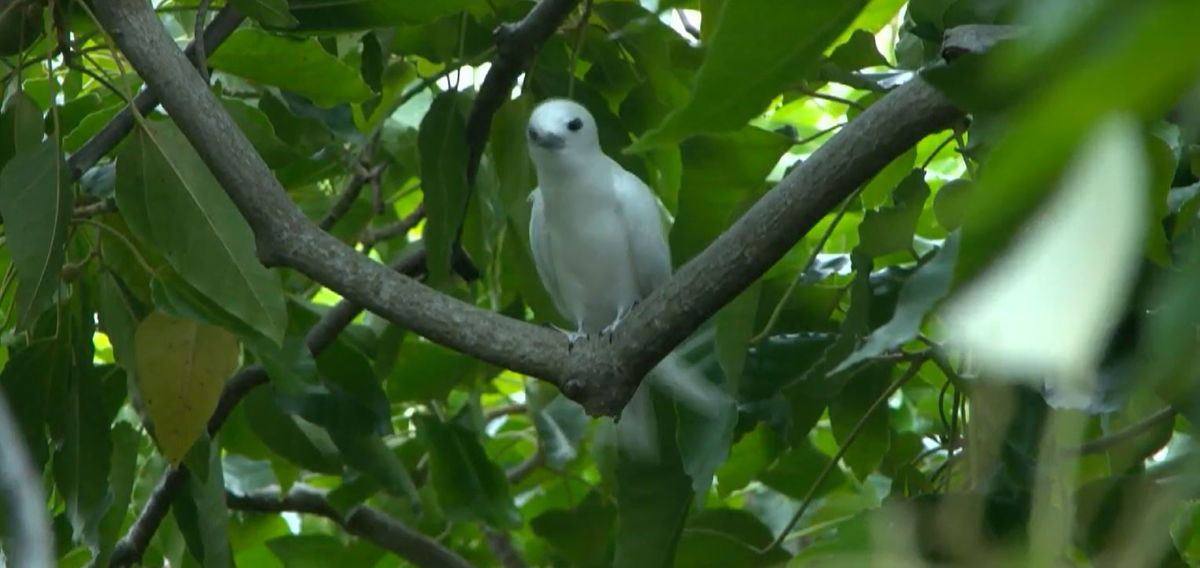The good and bad news for Hawaii’s native birds

There are alarming statistics for Hawaii's native forest bird species: nearly half of them are now extinct.
By Paul Drewes
Click here for updates on this story
HONOLULU (KITV) — Alarming statistics for Hawaii’s native forest bird species: nearly half of them are now extinct.
Of the dozens of species left, half are now threatened or endangered. But it is not all bad news for Hawaii’s native birds.
Lots of people, buildings and traffic make Honolulu a crowded and noisy place. But some Hawaiian birds make themselves right at home here.
This time of year, you’ll see kolea or golden plover roaming around busy parts of the island
“No place else in the world do they associate with people like they do in Hawaii. We have them on our lanais, and parks. We see them and walk right by, and they stay there,” stated Susan Scott, Hawaii Audubon Society President.
Kolea are just a one of a few native Hawaiian bird species thriving in the islands.
“They’ve adapted. Ones that have adapted to human presence and changes we’ve made to the environment are doing great,” added Scott.
Like the Mano o ku or white tern.
“This is the only urban environment, in the Pacific, where the white terns comes ashore to breed,” said Rich Downs, Hui Manu O Ku Coordinator.
In fact, terns prefer trees like one in the middle of the University of Hawaii at Manoa campus. Because manu o ku lay eggs without a nest, so they look for trees with spots to hold their young.
“The way trees are trimmed in town, improves the breeding habit for them. Take the same species of kukui tree, one untrimmed and one trimmed and invariably they will choose the trimmed tree,” added Downs.
These two species, along with wedge-tailed shearwater, are bright spots for Hawaii’s native bird populations. But the outlook for forest birds is much darker.
“Half of the birds that evolved in Hawaii are now extinct,” said Scott.
We could lose even more species this year unless more is done to protect them.
“Control predators, including feral cats, rats and mongoose. Those are the ones that are really devastating some species,” stated Scott.
Hawaii’s native forest birds face an even bigger threat from something much, much smaller: mosquitoes. Thanks to warmer temperatures, the biting pests now move into higher elevation habits.
“The mosquitoes are rising to where the forest birds are now, because of climate change. The birds are dying from avian malaria, which the mosquitoes carry, and that is what has caused a lot of extinction – avian malaria,” added Scott.
A project to release sterile mosquitoes into the environment has been slowed because of resistance from residents.
but some native Hawaiian birds can’t wait any longer for help from humans.
“Many of which are threatened on the verge of extinction. Unless there are human interventions, we will lose more of those species,” added Downs.
Another way people can help is to become more educated about our native Hawaiian birds.
On April 27, the annual Manu o Ku festival will be held at Iolani Palace, where you can not only find out more about Hawaiian birds but also find out ways to help protect them.
Please note: This content carries a strict local market embargo. If you share the same market as the contributor of this article, you may not use it on any platform.
